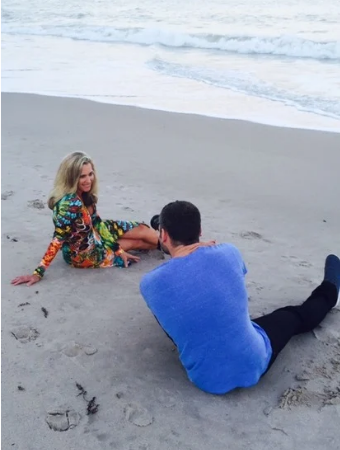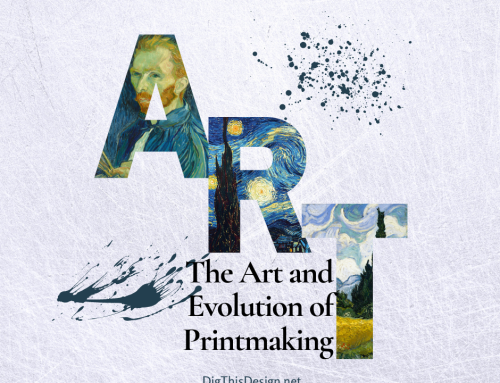Fashion photography in natural light captures an authentic and captivating beauty that studio lights often cannot match. When used correctly, natural light helps you to create stunning, professional-quality images that stand out. Best of all? It’s free and generally available in abundance. However, it’s also a challenging light source as it’s ever-changing.
Capturing Natural Light for Outdoor Fashion Photography
Here’s how to master using natural light in outdoor fashion shoots to get the best shots.
Why Natural Light is a Fashion Photographer’s Best Friend
Natural light in photography offers a soft and flattering illumination that artificial lights and settings often can’t replicate. It reveals true colors and details, enhancing the subject’s features and clothing textures.
Unlike harsh studio lights, natural light creates a natural glow, making skin tones appear more vibrant and clothing fabrics look richer.
When comparing natural to artificial light, natural light is dynamic and can create diverse moods depending on the time of day and weather conditions. Artificial light, while controllable, can sometimes look flat and lifeless. With natural light, you get depth and dimension, highlighting every fabric fold crease and subtle contour of the model’s face, resulting in more captivating and authentic images.
The Golden Hour: Timing Your Outdoor Fashion Shoots
The golden hour, shortly after sunrise or a short while before sunset, is a magical time for outdoor fashion shoots. During this period, the sun is low in the sky, producing a soft, warm light perfect for photography. This light reduces harsh shadows, giving your photos a beautiful, even glow. It’s also extremely flattering for all skin tones.
Finding the Perfect Location for Outdoor Fashion Photography

When scouting locations for outdoor fashion photography, look for spots with abundant natural light. Open areas like parks, beaches, and urban settings with interesting architecture work well, especially if there’s plenty of clear sky behind them.
On the contrary, it’s best to avoid locations with dense shadows or obstructed light, such as too many tall buildings or dense trees.
The background and setting play a crucial role in enhancing your shoot. Choose backgrounds that complement the fashion and add context to your images. Avoid busy or distracting scenes that take attention away from your model.
To balance light and shadows, observe how sunlight interacts with the environment. Use natural elements like trees or buildings to diffuse harsh light.
Must-Have Gear for Natural Light Fashion Photography
For outdoor fashion shoots, essential gear includes reflectors and diffusers to manage natural light:
- Reflectors bounce light onto your model, reducing shadows.
- Diffusers soften harsh light, creating an even glow.
Pack a few versatile lenses to handle different shooting conditions and angles. Then, choose the correct camera settings based on the natural light you’re dealing with:
- Use a low ISO (100-200) on sunny days and a quicker shutter speed to prevent overexposure.
- On cloudy days, increase the ISO (400-800) and adjust the shutter speed accordingly.
Pack light for outdoor fashion photography by packing only the essentials: your camera body, two versatile lenses, a reflector, and a diffuser.
Techniques for Mastering Natural Light in Fashion Photography
Mastering natural light in fashion photography involves a few fundamental techniques:
- Use diffusers to soften harsh sunlight, creating a gentle, even light on your subject.
- Position reflectors to bounce light into shadowy areas, brightening your model’s face and reducing unflattering shadows.
- Position your model to maximize natural light by having them face the light source. This will highlight their features and bring out the details in their clothing.
- If the sunlight is too strong, use the “open shade” technique. Place your model just inside a shaded area, and the light will reflect in, creating a balanced, soft illumination.
- Balance harsh sunlight and shadows by shooting during the golden hour.
- If midday sun is unavoidable, use a diffuser to soften the light and a reflector to cast away shadows, ensuring a flattering effect.
Posing and Styling Tips for Outdoor Fashion Shoots
To pose models in natural light, you should position them to face or angle towards the light source, as this highlights their features and creates a natural glow. Once positioned, encourage relaxed, natural poses to keep the shoot authentic.
When it comes to styling, you must choose outfits and accessories with textures and colors that stand out in natural light. Flowy fabrics, vibrant colors, and layered pieces photograph beautifully outdoors, but shiny materials that reflect too much light are best avoided.
Post-Processing Techniques for Natural Light Photos
Once your shoot is done, you can use a program like Adobe Lightroom to enhance your images.
Start by adjusting the exposure to ensure the lighting is balanced, then increase the contrast slightly to add dimension and depth. Thereafter, use the highlights and shadows sliders to reveal details without losing the natural look.
To maintain a natural appearance, avoid over-saturating colors. Keep skin tones accurate to life by using the HSL (Hue, Saturation, Luminance) panel, and sharpen the image just enough to bring out details without making it look artificial.
Avoiding Common Pitfalls in Outdoor Fashion Photography
Here are some typical outdoor fashion photography faux pas that new photographers may experience (and how to avoid them):
Pitfall #1: Shooting in harsh midday sunlight produces unflattering shadows and overexposed highlights. To avoid this, shoot during the golden hour when the light is soft and warm.
Pitfall #2: Neglecting the use of reflectors and diffusers. Always carry these tools to control and soften light, ensuring even illumination on your subject.
Pitfall #3: Poor background choices that distract from the model and outfit. Select backgrounds that complement and enhance the fashion, avoiding cluttered or busy scenes.
Pitfall #4: Inconsistent camera settings that lead to poorly lit photos. Familiarize yourself with your camera’s settings to quickly adjust to changing light conditions.
Learn from less successful shoots by analyzing what went wrong and experimenting with different techniques to improve your skills and results. If you’re building your portfolio, you can easily update your images as your work improves.
Conclusion
If you want to successfully use natural light in outdoor fashion photography, you need to experiment and practice to find out what works best. Mastering this technique is essential for creating stunning, professional-quality images that showcase the true essence of your subjects. Keep refining your skills, and enjoy the creative process!





